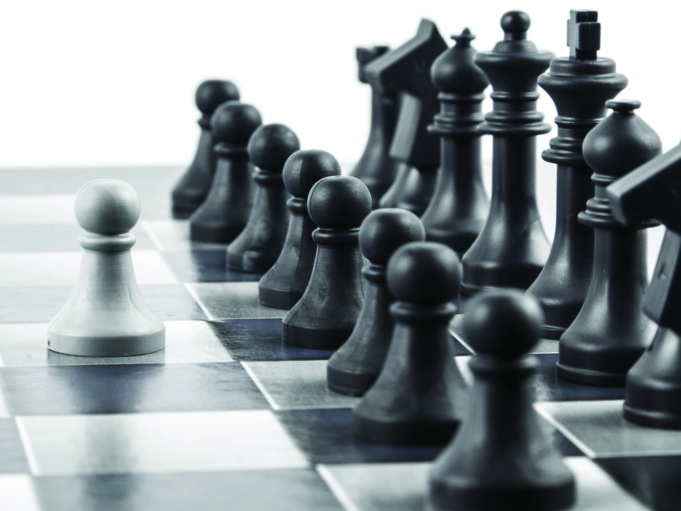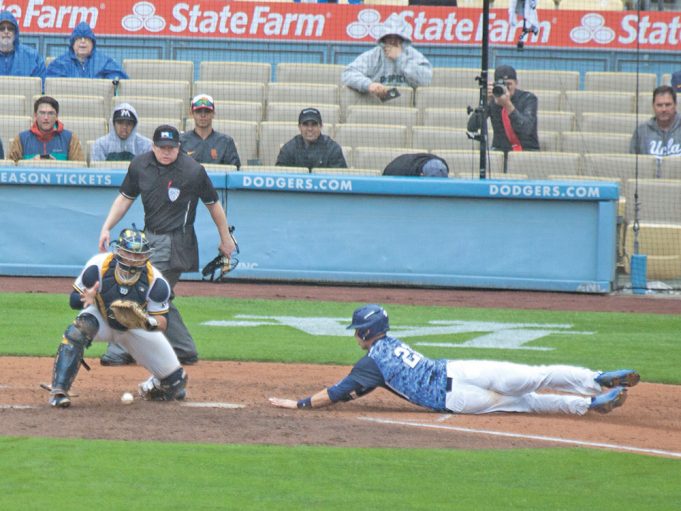BCUA Baseball Umpires Social
Submitted by bcua on Fri, 04/05/2024 - 11:34pm
The Bergen County Umpires Association is an organization of baseball and softball umpires certified to officiate high school contests in New Jersey.
Our purpose is:


As an official, when you are involved in a conflict, your goal is to resolve it. You have to fight the tendency to want to win the argument. It’s a subtle difference but critical to conflict management.
When resolving a conflict, the best outcome is when there are two “winners.” If there is only one winner, self-esteem and trust erodes in the loser. To avoid that, strive to keep an open dialogue and keep thinking about the words you choose and the way they impact the situation. There’s an old officiating saying that summarizes this philosophy: “As officials, we always have the last word. However, we don’t always have to say it.”
1. Permit the other person to talk without interrupting
Have the courtesy to listen before you say anything. It is then more likely that the other person will extend you the same courtesy. When both sides have been adequately heard, problem solving begins.
A Retired NL umpire Doug Harvey, one of the most respected ever to work in the profession, applied his “10-Second Rule.” He gave a manager who argued with him 10 seconds to vent before Harvey responded. His theory: The comments from the arguer were so emotional that his breath couldn’t last for more than 10 seconds. When he stopped to take a breath, Harvey could calmly begin his explanation.
2. Limit discussion only to the immediate issue that is adversely affecting your relationship
One of the fastest ways to get off to a bad start in solving a problem is to rehash the past or bring the discussion into other non-pertinent issues. A few coaches like to do that. You’ve got to “keep them in the box,” meaning keep them focused on the play or situation they are complaining about. Coaches may try to talk about things that happened earlier in the game. When they do that, say something like, “Let’s focus on this play and get it resolved. Now, how did you see this play?”
3. Choose an optimal time to bring up and discuss problems
Many problems that compromise positive conflict resolution can be avoided by carefully choosing the time to discuss an issue. To find that time, approach the other person when you are both calm and free to talk. Dead-ball time, like during a timeout or between periods, is a great time for officials to talk to people. Keep the conversations focused and brief.
4. Judiciously avoid the other person’s vulnerabilities or emotional sensitivities
Everyone has personal vulnerabilities and it’s very tempting to hit below the belt. It is a sign of maturity to avoid those areas when engaged in conflict. A deliberate strike at a personal vulnerability is irrelevant as well as hurtful. It also invites a counterattack focusing on your areas of sensitivity. No one will trust you with emotionally sensitive information if you use it as a weapon whenever there is a problem. In other words, it is inappropriate for the official to counterattack. A testy umpire once shouted to a coach who had questioned a safe call in softball, “I see that white hair under your cap. You probably think your huge experience entitles you to second guess me.” Sarcasm is never a good instrument for promoting serenity.
Probably the biggest temptation to avoid is using a team’s record or game score as a weapon. When a team is losing in lopsided fashion and a coach or player is complaining about a call, it is very tempting to fire back with, “You’ve won only three games this year and you’re down a bunch today. Maybe you should start focusing on playing instead of officiating. You’ve got a lot of work to do.” While the premise behind that statement is true, saying it gets you in trouble. You’ve used a team’s vulnerability to your advantage, a bona fide taboo.
5. Regularly touch base with the other person
It is customary not to take the time to talk when things seem to be going well. If you don’t talk when things are going well, then angry interactions may be the only times when you connect with coaches and players. Make it a point to make periodic comments about the progress of the game, even if those remarks may be innocuous. Continuing dialogue is one of the best possible ways to avoid problems. That concept straddles a fine line too. You want lines of communication open with participants, but you can’t have a constant running dialogue with them. Talking should be limited to brief words at appropriate times, such as during a dead-ball interval. Keep in mind you are only sending the message that you are willing to communicate; you are not commenting on all facets of play.
Learn additional advanced techniques for resolving arguments and conflicts with Verbal Judo, available in the Referee Training Center store.
From: Joe Belger, BCUA Baseball Interpreter
To: All Baseball / Dual Umpires
Re: Illegal Slide Clarification / Electronic Communication Equipment Failure - Procedure
At the baseball mechanics meeting on Tuesday March 19th, there was a discussion on a play involving an illegal slide. The question was asked if this resulted in a dead ball or a delayed dead ball. The answer given was that it is a delayed dead ball. This is incorrect. It is interference committed by the offense, and as such, it is an immediate dead ball. If it involves a force play slide rule violation, you would rule a double play.
Additionally, there has been a question asked about teams using electronic communication equipment and the implications of charged conferences if it stops working. Treat the trip the same as an injury trip. Accompany the coach to the player and observe and listen to the conversation. It should only involve the coach and catcher. As long as the conversation is only related to the repair of the device, it will not be a charged conference. If the device cannot be fixed, have the catcher remove the earpiece and play on.
Should it become abusive where you think they are trying to delay or buy the pitcher time, you can warn the coach that you are going to charge him with a conference(s).

Swipe tags (when the catcher applies a tag using a swipe motion)
Crash plays (when the catcher and runner collide)
Block plays (when the catcher blocks the runner from reaching the plate)
Dropped balls (when the catcher drops the ball)
Locate the ball.
Position yourself 2-3 feet immediately behind the catcher, lining up with the catcher’s left hip.
Move in-step with the catcher and remain 2-3 feet behind him.
Be prepared to make a final step — the “Read Step” — to see the tag applied. Marshall added, “Umpires need to take quiet, purposeful steps as the ball arrives to put themselves into that window to see the play.”
Effective with the Spring 2022 season, the following statement from the NJSIAA must be read before all sanctioned high school games without paraphrasing, regardless of level:
The NJSIAA requires officials to enforce all rules regarding unsportsmanlike conduct by coaches and players. There will be no tolerance for any negative behavior, such as taunting, trash-talking and verbal, written, or physical conduct related to race, gender, ethnicity, disability, sexual orientation, or religion. Such behavior will result in being ejected from this event. All participants must respect the game, respect the officials, and respect their opponents.